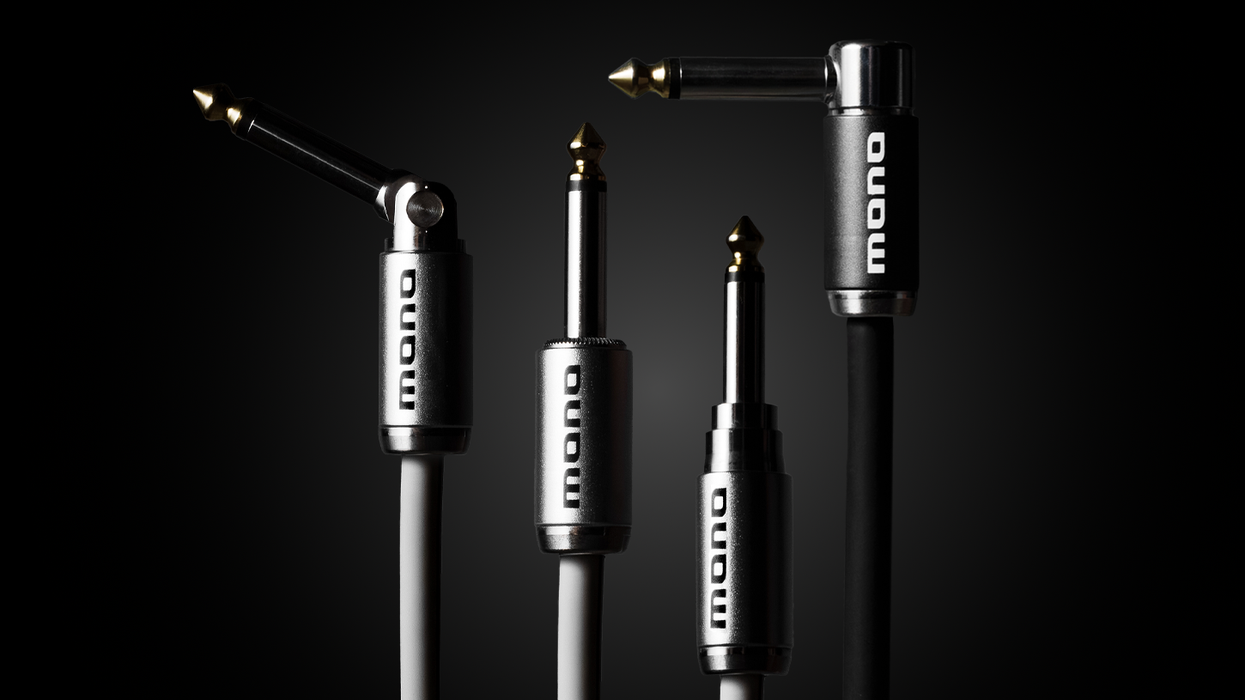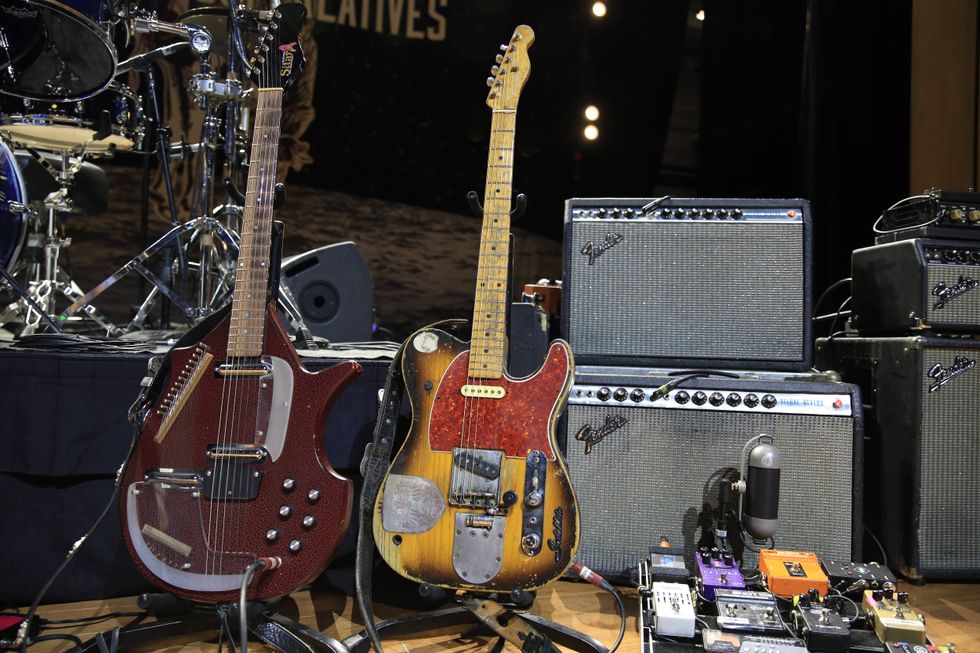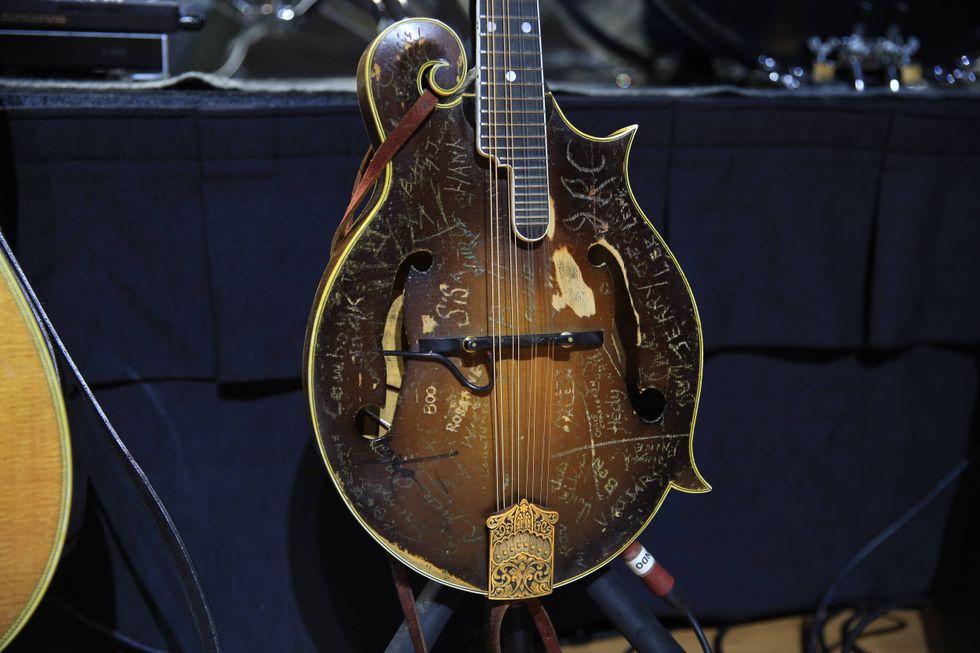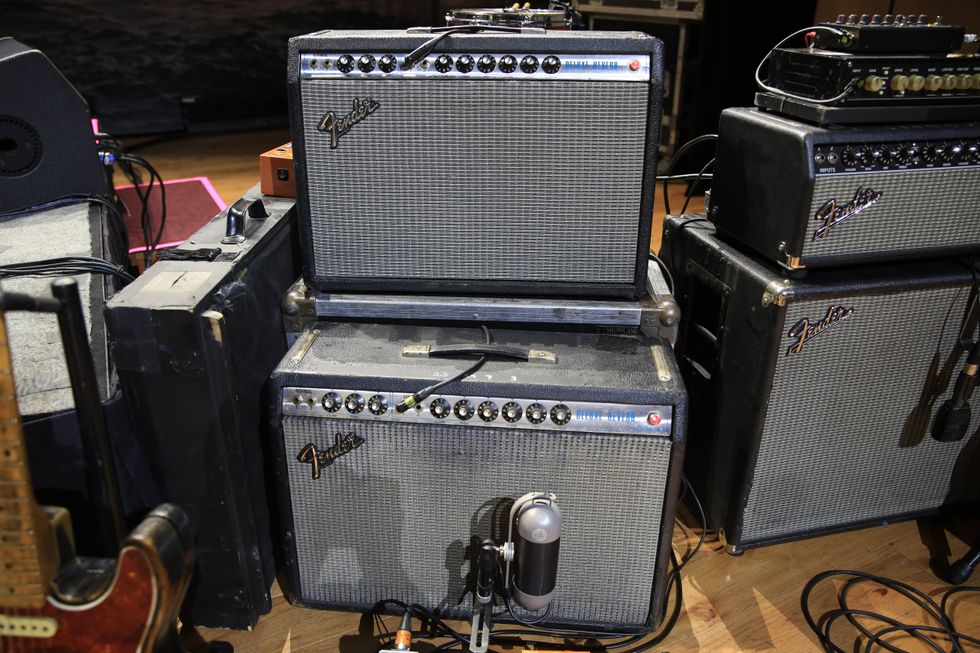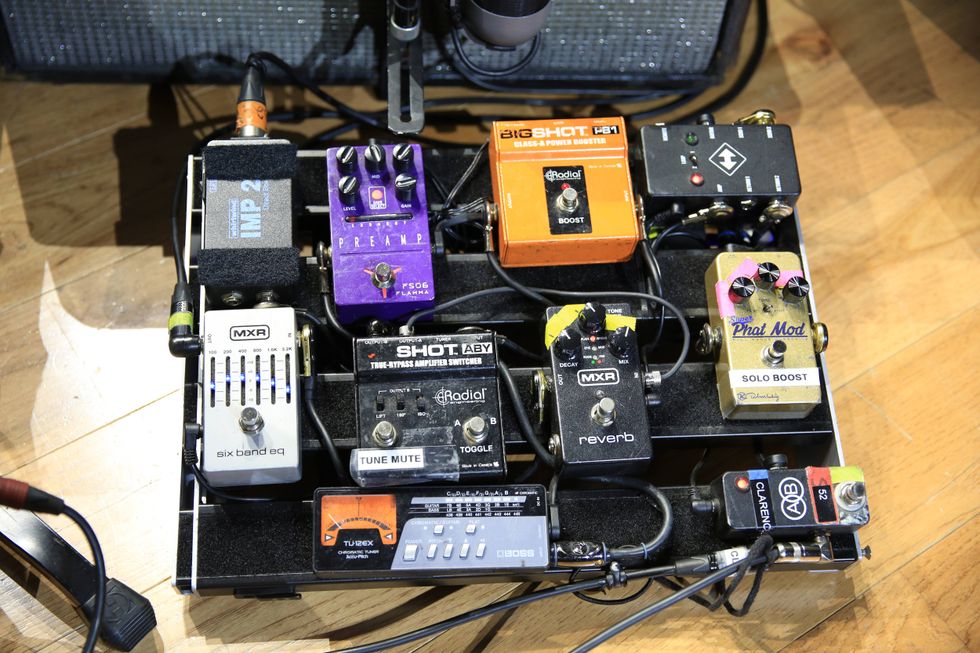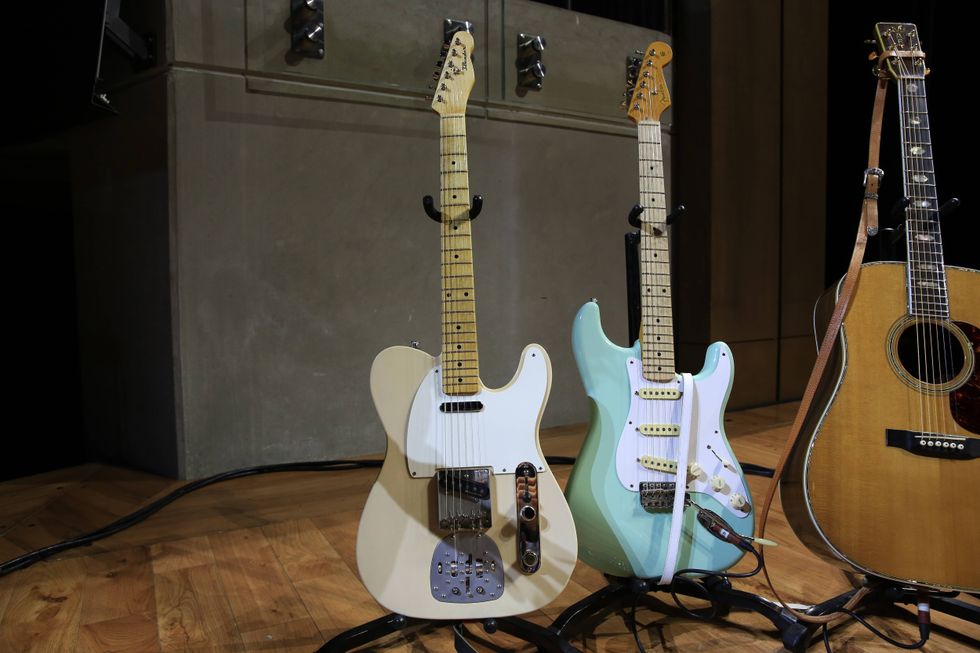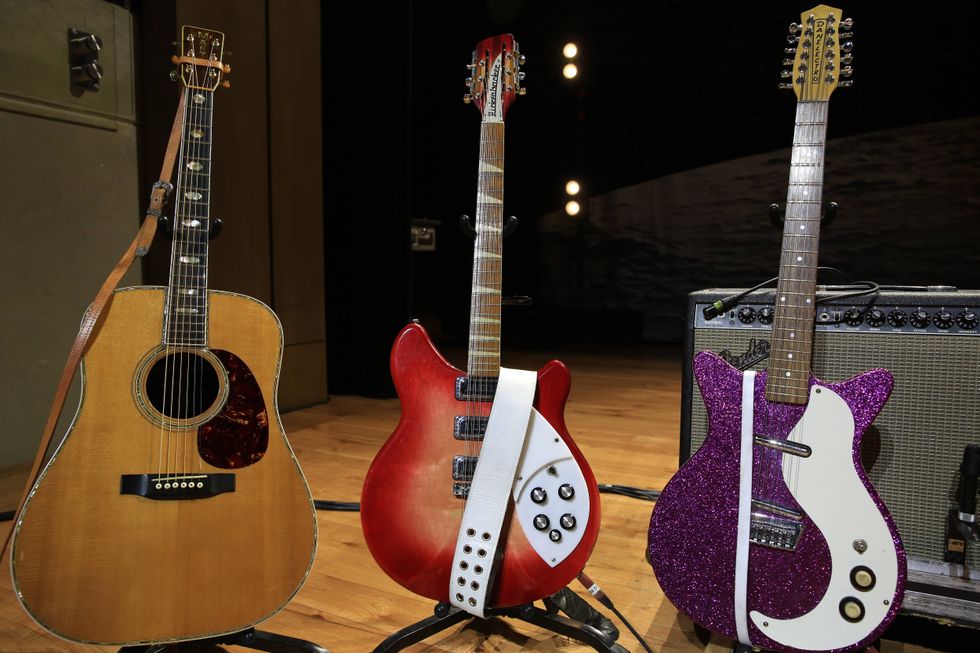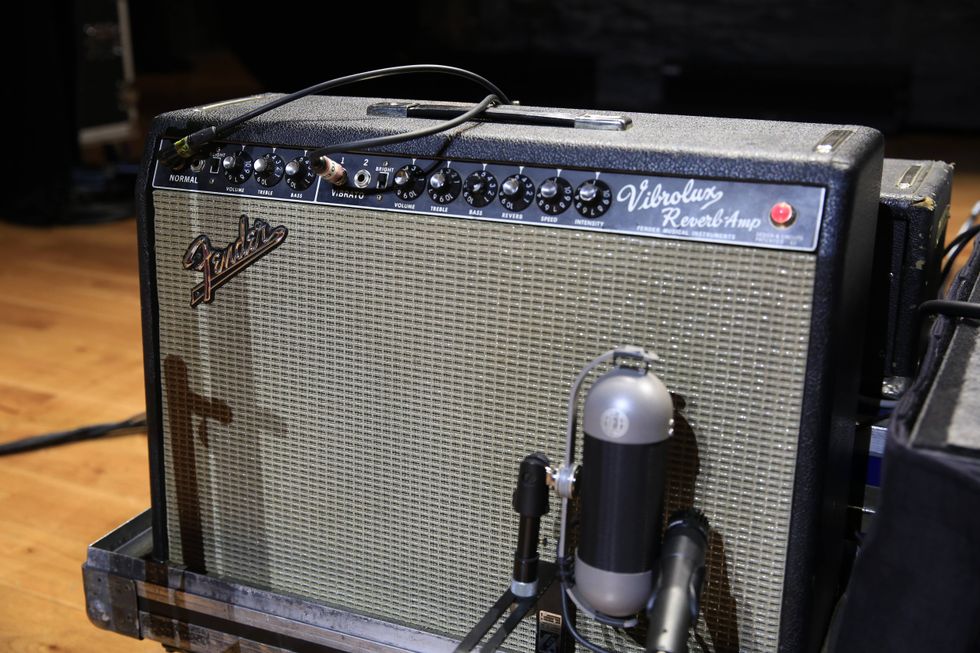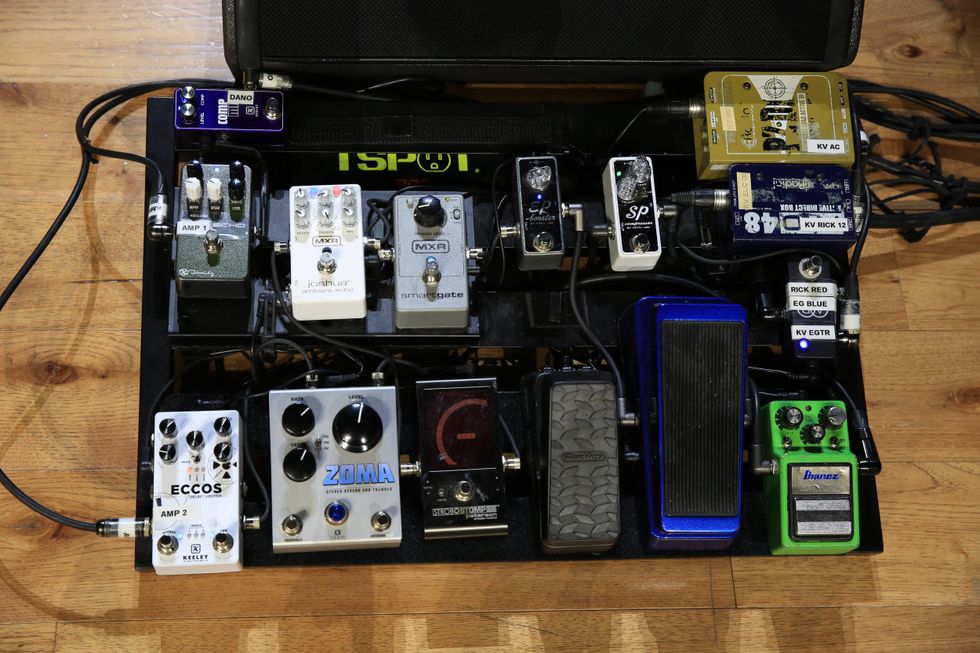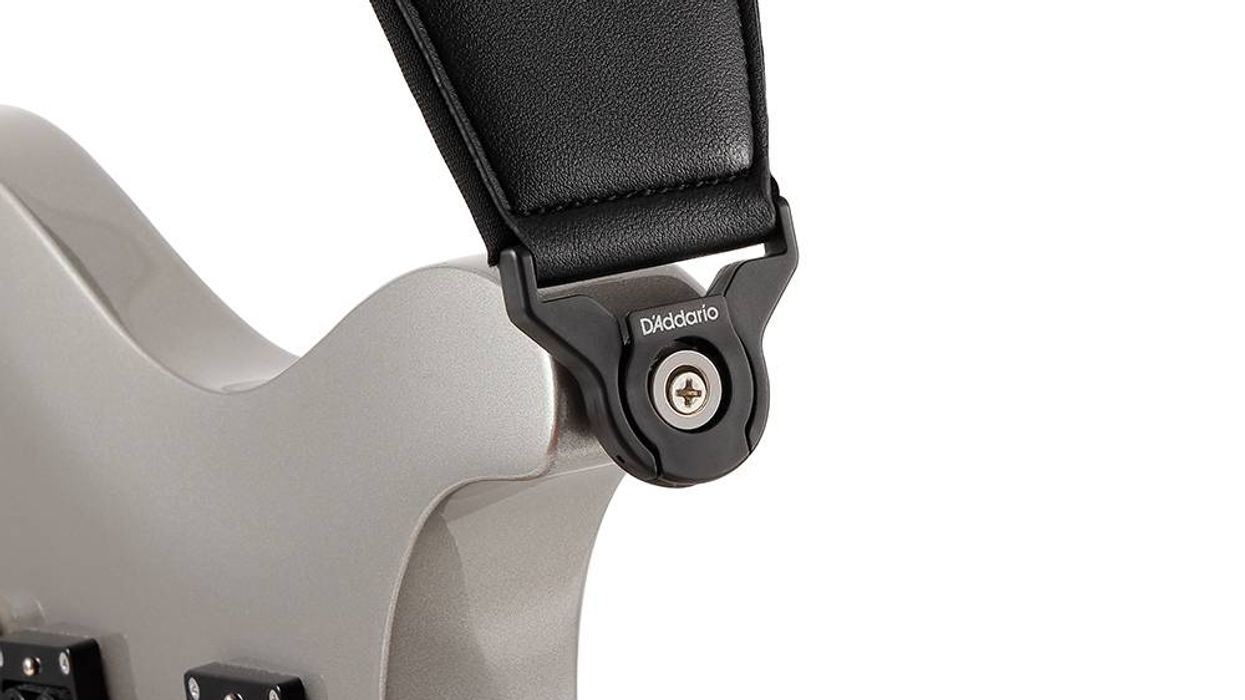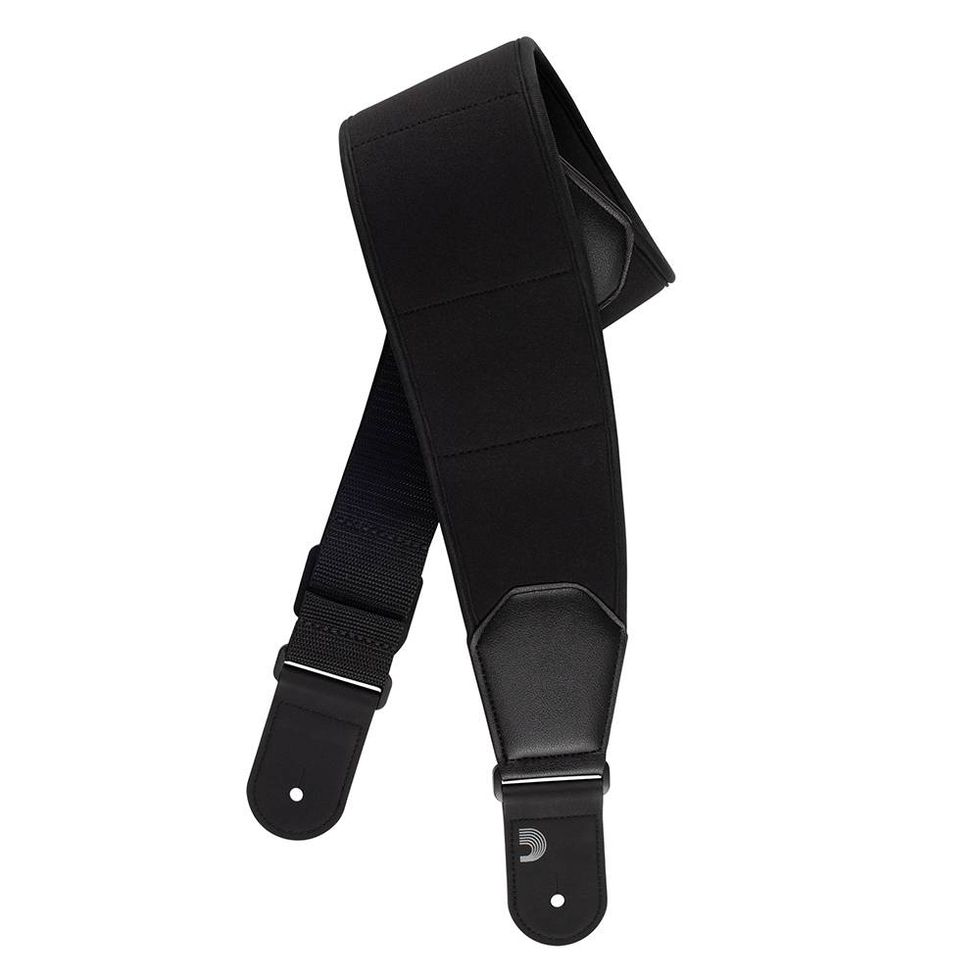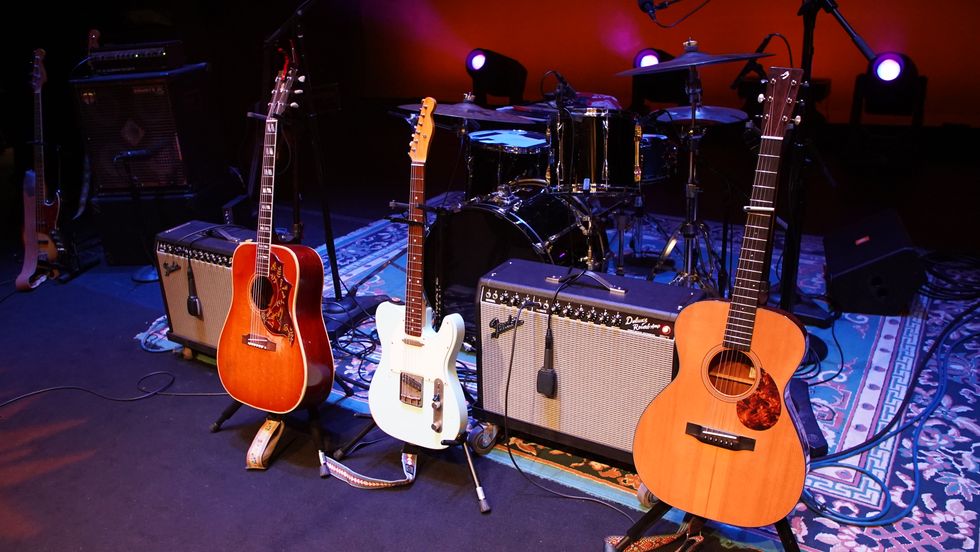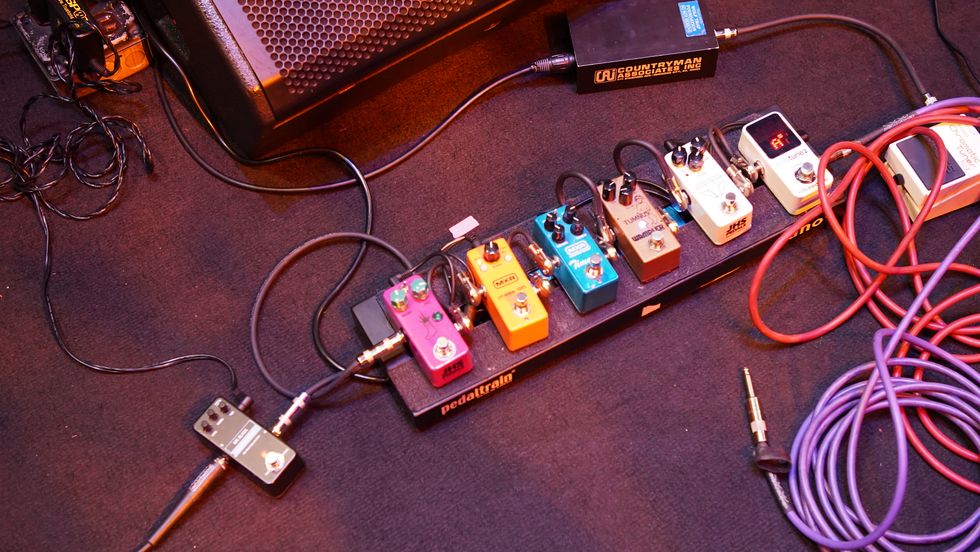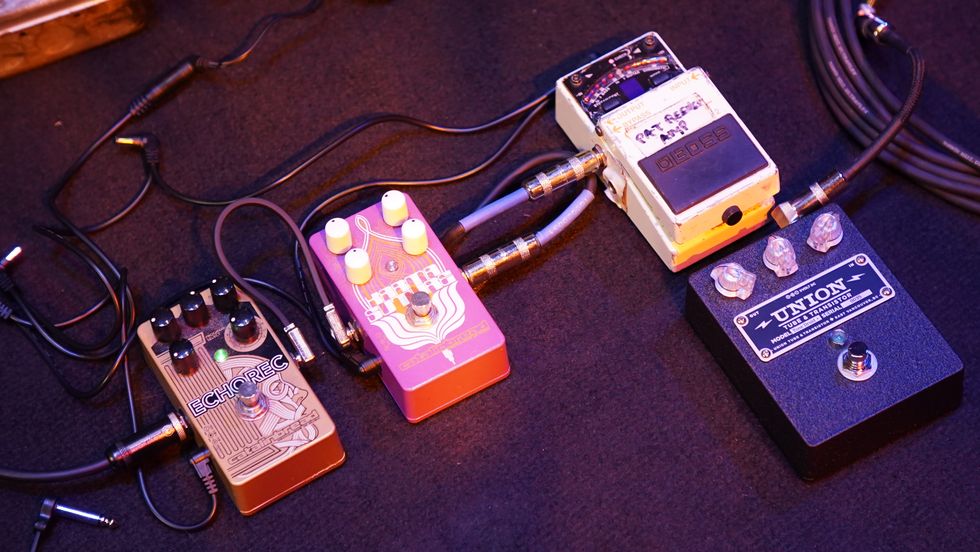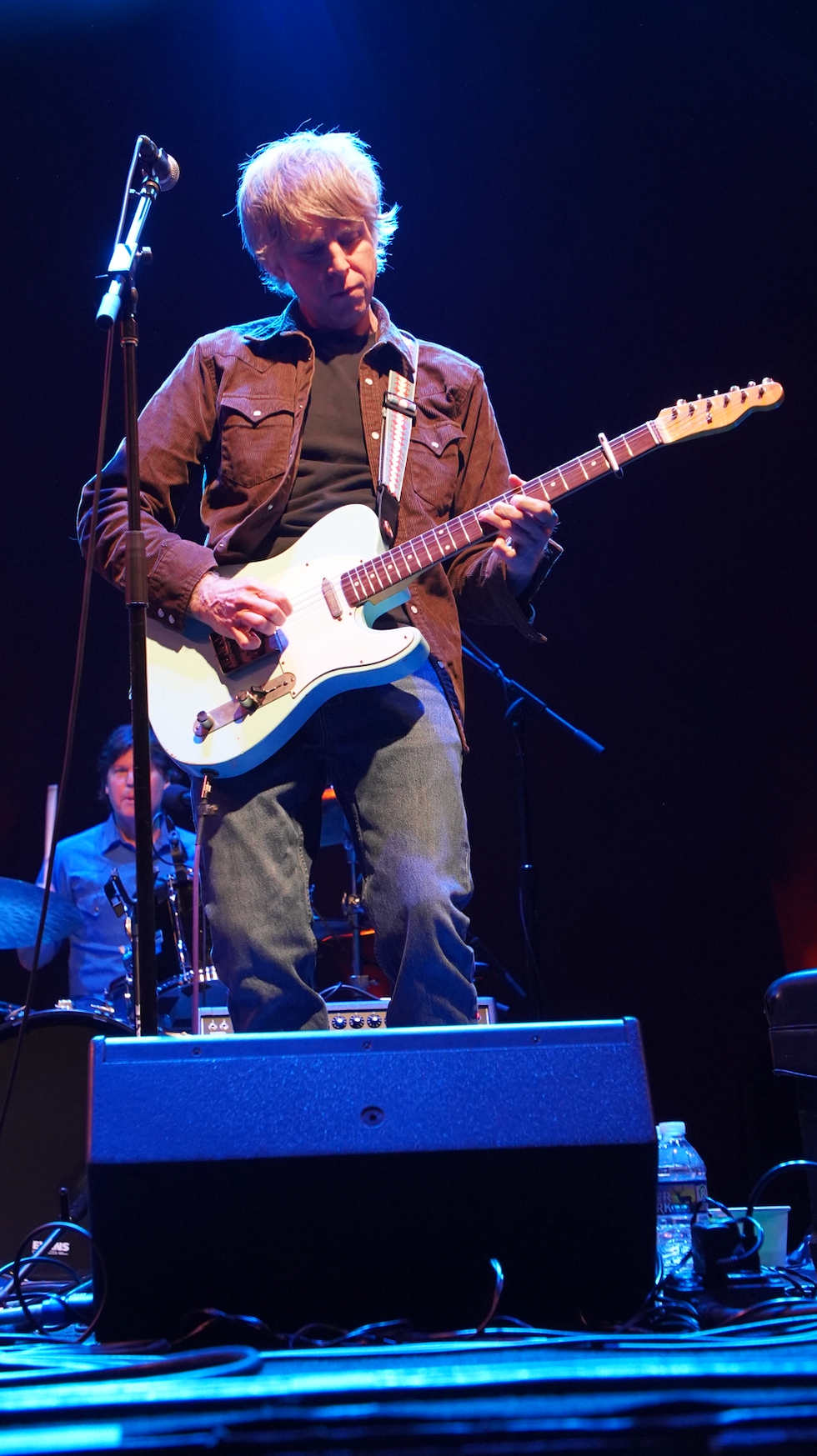 Greetings, and welcome to another edition of “Stompbox Classics” here at Stomp School. This month we’ll be looking at the unequivocal king of all vintage flangers – the A/DA Flanger. I’ve noticed a spike in the price of these recently on eBay, prompting me to feature the A/DA this month. I have a database of vintage effects auctions going back six or seven years, and the sale price of the A/DA has always been fairly stable. Although long out of production, there were thousands made and you can find one for sale any day of the week. Of course, all it takes is for a couple of morons on eBay to throw down one bid after another way before the auction has ended, each trying to outbid the other to remain on top. Then it almost goes without saying that the one who loses the auction must perform the same idiotic strategy on the next similar item that comes along – driving the market value up on just about anything.
Greetings, and welcome to another edition of “Stompbox Classics” here at Stomp School. This month we’ll be looking at the unequivocal king of all vintage flangers – the A/DA Flanger. I’ve noticed a spike in the price of these recently on eBay, prompting me to feature the A/DA this month. I have a database of vintage effects auctions going back six or seven years, and the sale price of the A/DA has always been fairly stable. Although long out of production, there were thousands made and you can find one for sale any day of the week. Of course, all it takes is for a couple of morons on eBay to throw down one bid after another way before the auction has ended, each trying to outbid the other to remain on top. Then it almost goes without saying that the one who loses the auction must perform the same idiotic strategy on the next similar item that comes along – driving the market value up on just about anything. Okay, rant over – back to the A/DA Flanger.
Debuting in June 1977, the flanger produced by Analog/ Digital Associates (A/DA) had a circuit design and features that instantly set it apart from the rest. With its heavy cast metal enclosure and a faceplate full of knobs, this was a serious looking stompbox. But it was the sound of the pedal that earned it its legendary status. It’s still my all-time favorite flanger. I can get sounds on the A/DA that I can’t get with other flangers, including an absolutely amazing “steel drum” guitar. It’s also super quiet, has plenty of headroom, and the tones are just so thick, juicy and, well, flangey!
So what is it about the A/DA that makes it different from all the other flangers? To start with, the A/DA runs at a higher voltage than the typical 9V battery-powered flanger. The early A/DA pedals used a 12VDC external wall-wart power transformer with a positive tip plug. Some mid-year versions need more than 12V or they will hum, as they use a 15V internal regulator. Later revisions of the A/DA used a hardwired AC cord. But that’s not so unusual, and there were a few other AC-powered 18V flangers available at the time. So what else?
In addition to the four controls found on most flangers – manual, width/depth/range, rate/speed and feedback/enhance – the A/DA also offered an even/odd harmonics switch for a slightly different timbre, and a Threshold knob to gate the flanging effect. The Manual knob sets the time delay and is disabled when the Range knob is turned fully clockwise. In this mode, the A/DA Flanger could be swept with either the Manual knob or an external control pedal, which was an unusual feature for that time. The sweep range of the A/DA was also much wider than any other flanger and the circuitry was more advanced, employing a built-in compressor and a bandpass filter in the feedback loop, which gave it its own distinct sound. The first version of the A/DA Flanger used the Reticon SAD1024A Bucket Brigade device, but the circuit was revised in May of ‘78 to use the Panasonic MN3010 chip.
Stompboxes were still considered lowbrow in the seventies, but A/DA seemed set on creating products that offered high-end quality in road-worthy enclosures, touting their Flanger as “studio quiet.” The company also boasted some high profile endorsees, most notably the Pat Travers Band. While the A/DA Flanger was the staple of the line at that time, there were a couple of other stomp-type effects – the A/DA Final Phase, which used the same enclosure as the Flanger, and the now exquisitely rare A/DA Harmony Synthesizer. All three pedals featured sophisticated, cutting-edge circuitry. These ambitious designs were mostly the work of company founder David Tarnowski, a former Seamoon engineer. Seamoon was best known for the Funk Machine (designed by well-known DIY author Craig Anderton). Tarnowski devised the Seamoon Studio Flanger, a precursor of the A/DA Flanger, and then started Analog/Digital Associates in 1975 after Seamoon had folded.
The A/DA Flanger remained in production until 1981, when the company began to focus on rackmount effects, producing the STD-1 Stereo Tapped Delay, the TFX4 Time Effects, and the highly popular MP-1 MIDI Programmable Tube Pre-Amp. A/DA reissued their famous Flanger in the mid-nineties. The circuit used the MN3010 BBD and had a built-in AC power cord; unlike many reissues, this one was as good if not better than the original. Unfortunately, these also are no longer in production. There are still plenty of them out there though, so if you look for one on eBay, don’t let yourself get caught in a bidding war.
Check back next month for another Stompbox Classic. Until then, keep on stompin’!
Tom Hughes
(a.k.a. Analog Tom) is the owner and proprietor of For Musicians Only (formusiciansonly.com) and author of Analog Man’s Guide To Vintage Effects. For Musicians Only is also the home of the FMO Gear Shop. Questions or comments about this article can be sent to: stompschool@formusiciansonly.com
Analog Man
(analogman.com) is one of the largest boutique effects manufacturers and retailers in the business, established by “Analog” Mike Piera in 1993. Mike can be reached at AnalogMike@aol.com


